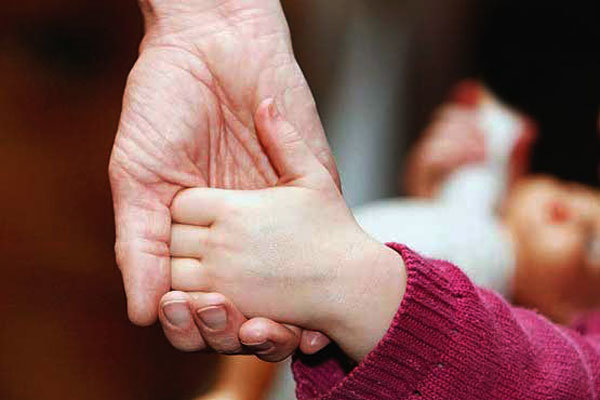83% of Iranian single-parent families headed by women

TEHRAN – About 83 percent of Iranian families are parented by women and 17 percent by men, the Statistical Center of Iran reported.
A total number of 1.77 million Iranian families, equaling 7.2 percent of the total population of the country are single-parented.
Based on census results made in the Iranian calendar year 1395 (March 2016-March 2017) out of the total number of 24 families living in Iran, 87 percent of heads of families are male and 13 percent enjoy a female head.
Another census result made in 1390 (March 2011-March 2012) shows that out of about 21 million families, 7 percent were single parent families; 14.48 percent headed by fathers and 85.52 percent headed by mothers.
Therefore, there exists a growth of about 19 percent in number of single parent families during a five-year period.
According census results made in 1395, the total population of Iran is 79 million which consists 51 percent of men and 49 percent of women.
Iran population is equivalent to 1.07% of the total world population.
Single-parent families are families with children under age 18 headed by a parent who is widowed or divorced and not remarried.
A single parent is a parent that parents alone without the other parent's support, meaning this particular parent is the only parent to the child, responsible for all financial, material, and emotional needs.
In 2017, about 19.97 million children in the United States lived with one parent, approximately 16.77 million of them with their mother only.
A study revealed that financial problem is the main stressor for majority of the single mothers. The emotional life of the single mother is also affected by their single status. Majority of the single mothers reported that they felt lonely, helpless, hopeless, lack of identity and lack of confidence.
The demographics of single parenting show a general increase worldwide in children living in single parent homes. Single parenting has become a norm in the United States and is a trend found in many other countries.
Of the world's 2.3 billion children 14 percent - or 320 million - are living in single-parent households, most often headed by single mothers.
Those children aged 0 to 17 years and their single mothers and single fathers face special challenges, including economic hardships, social stigma and personal difficulties, that require society's attention and assistance.
While raising children is a major responsibility and protracted undertaking for couples, it becomes markedly more demanding and often onerous for lone parents.
Children raised in single-parent households generally do not have the same financial means, personal care and parental support available to them as those brought up in two-parent families. Consequently, children in single-parent families are frequently disadvantaged due to comparatively high levels of unemployment, poverty and poor health among such households.
The primary cause of single-parent households is parental death due to disease, war, maternal mortality and accidents. As a result of those high adult mortality rates, it is estimated that at least one-third of the children had lost a parent during childhood.
NM/MQ/MG
